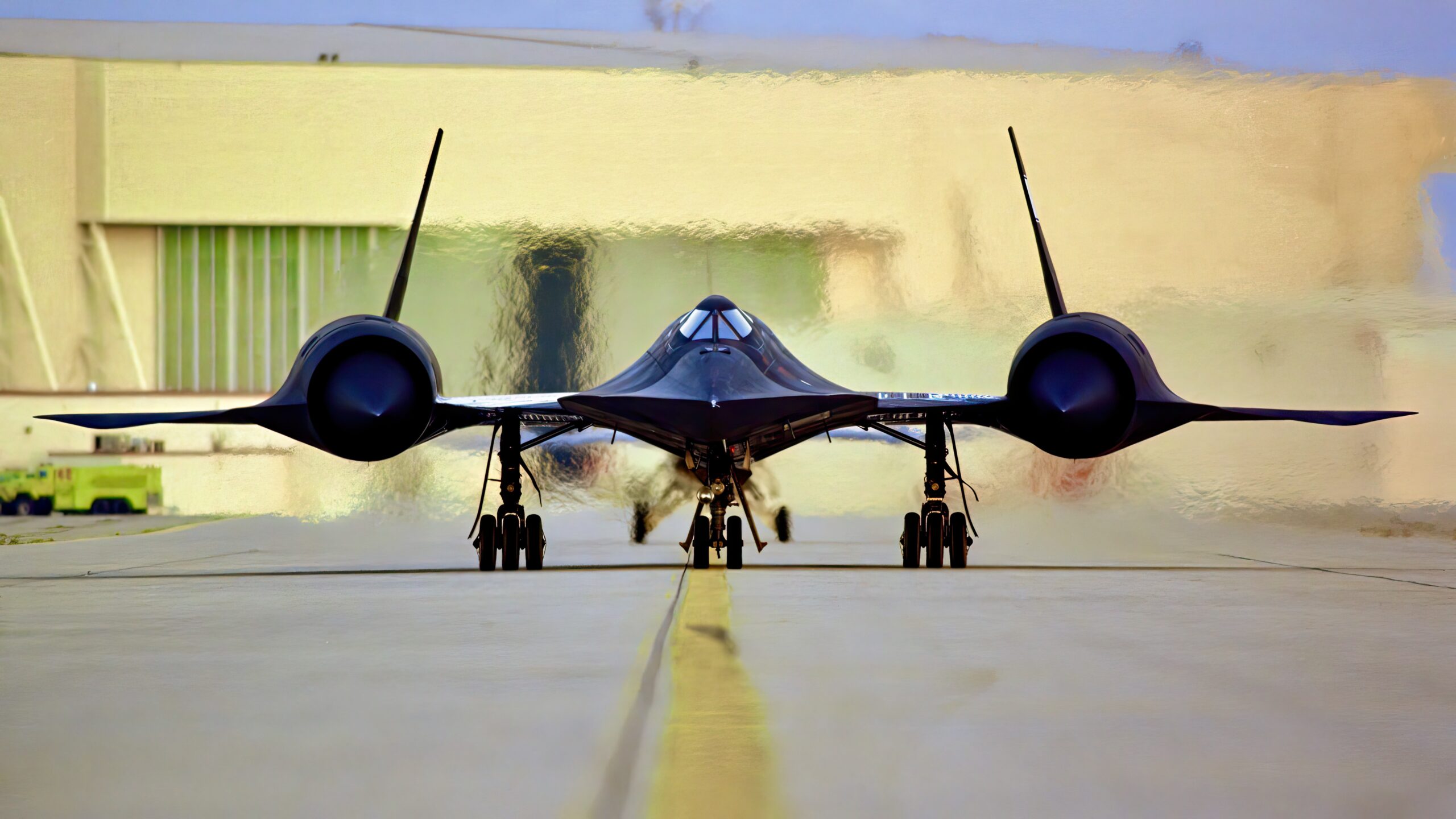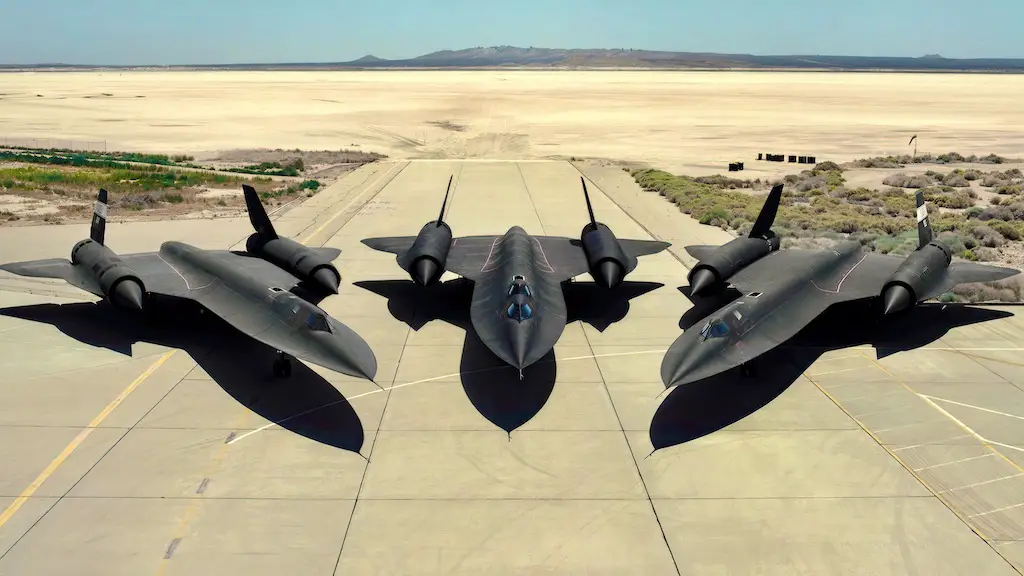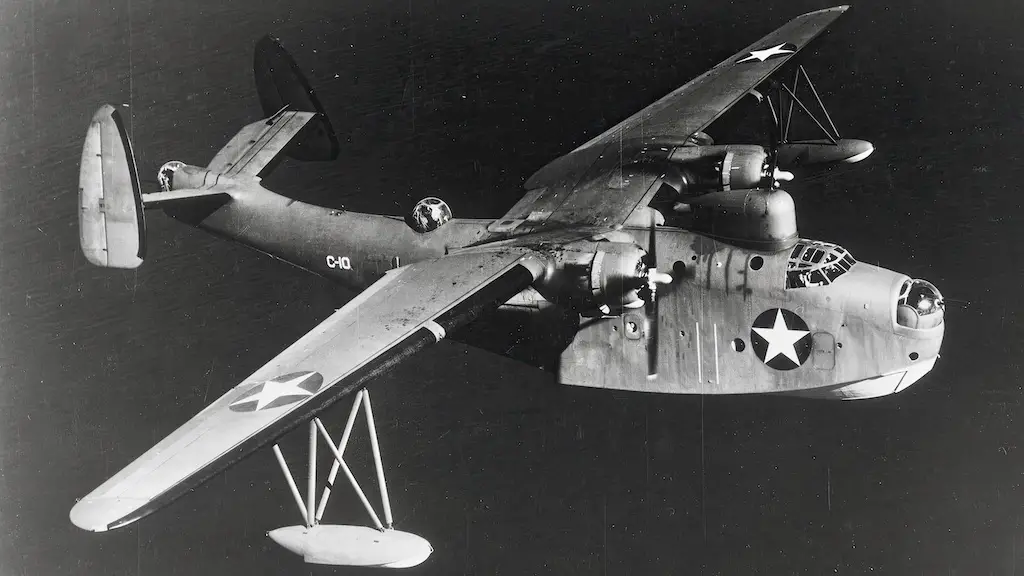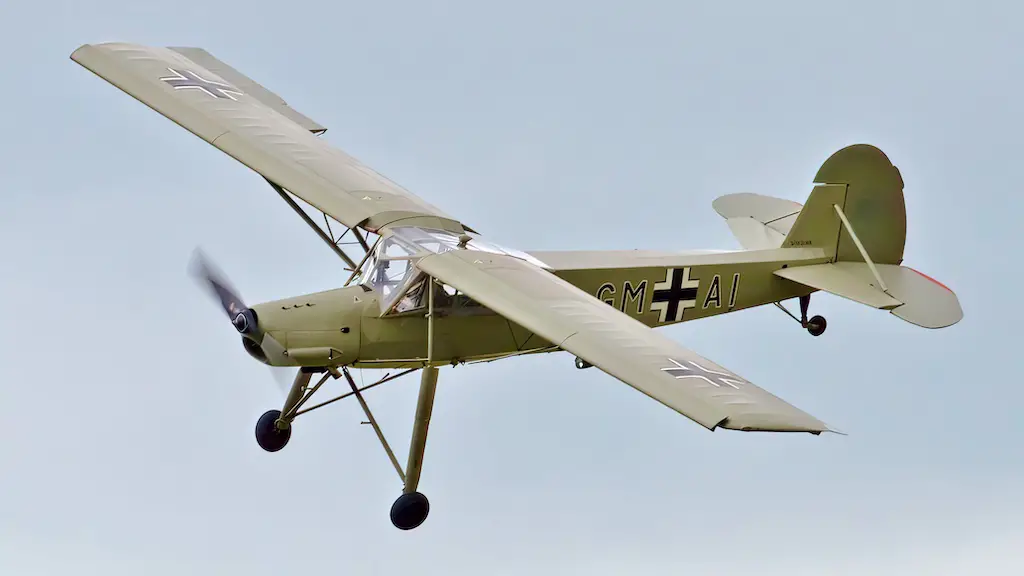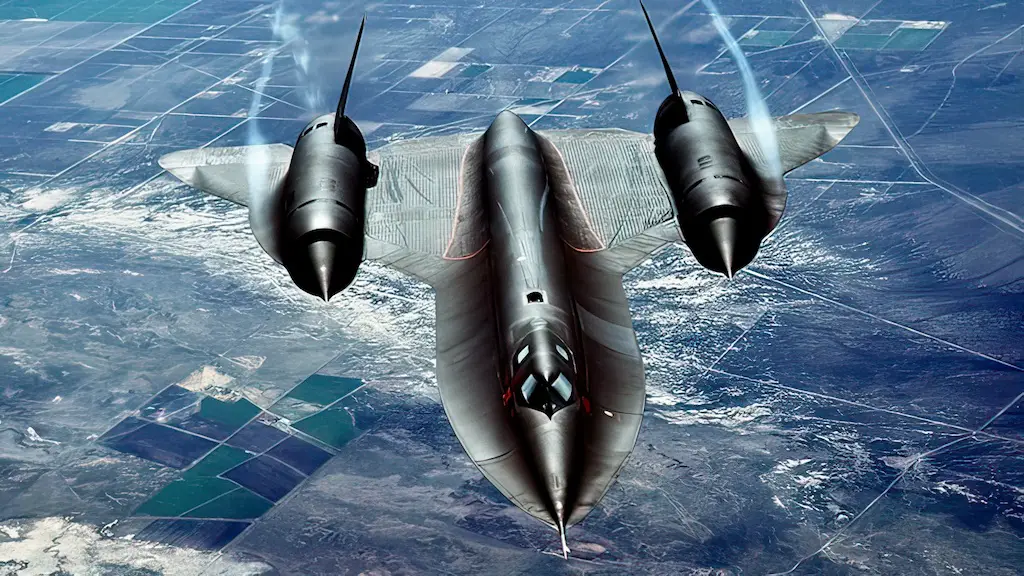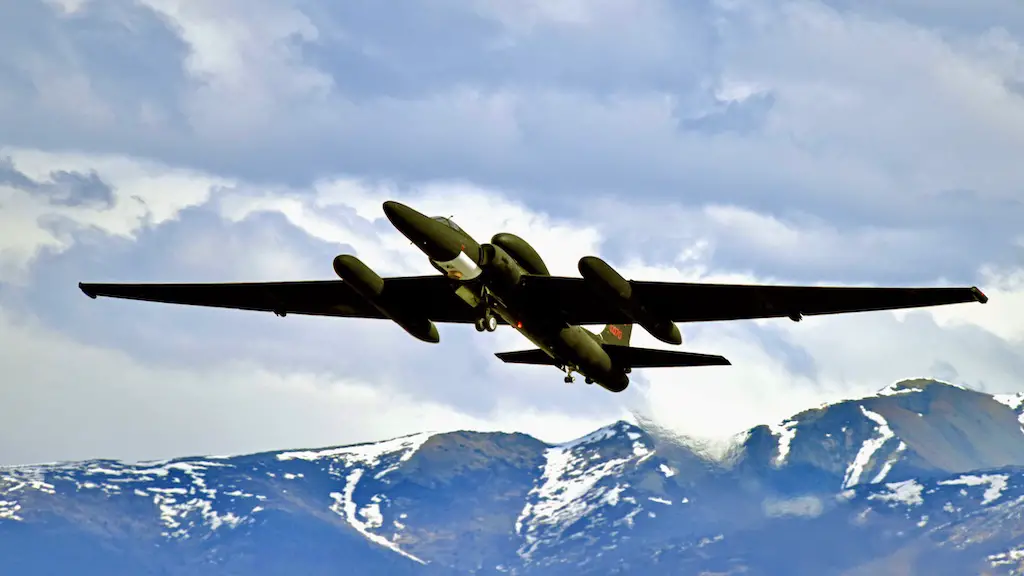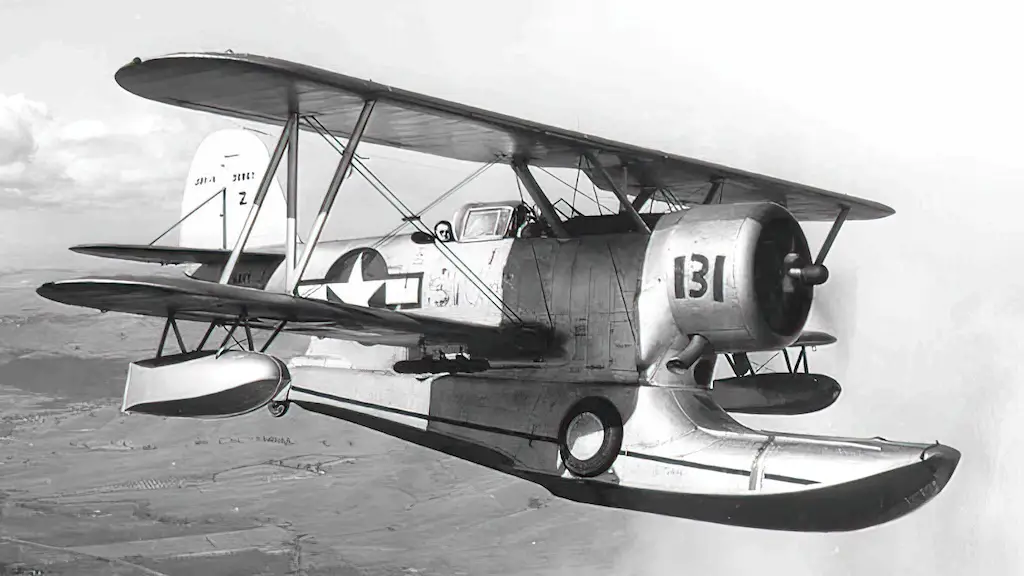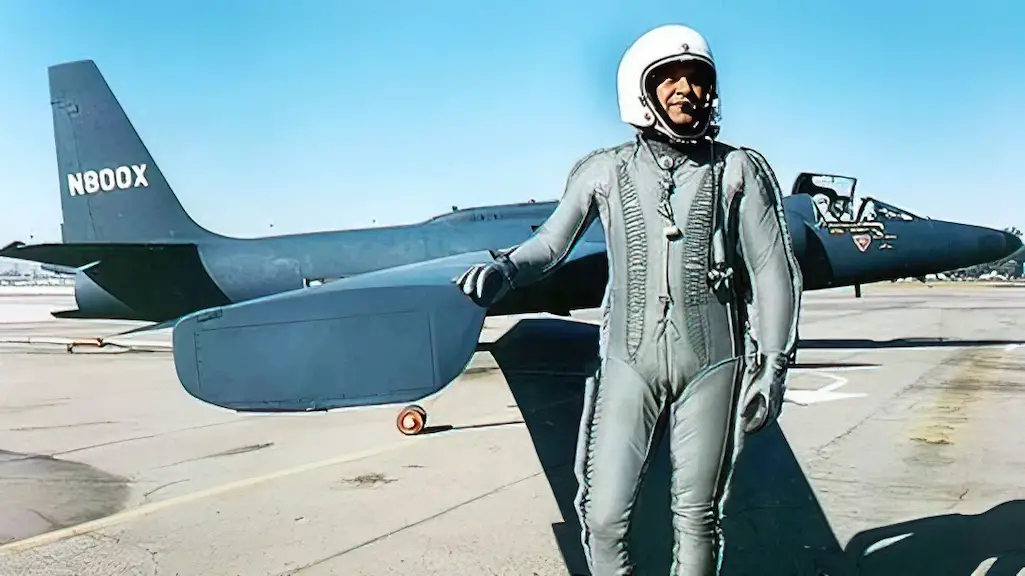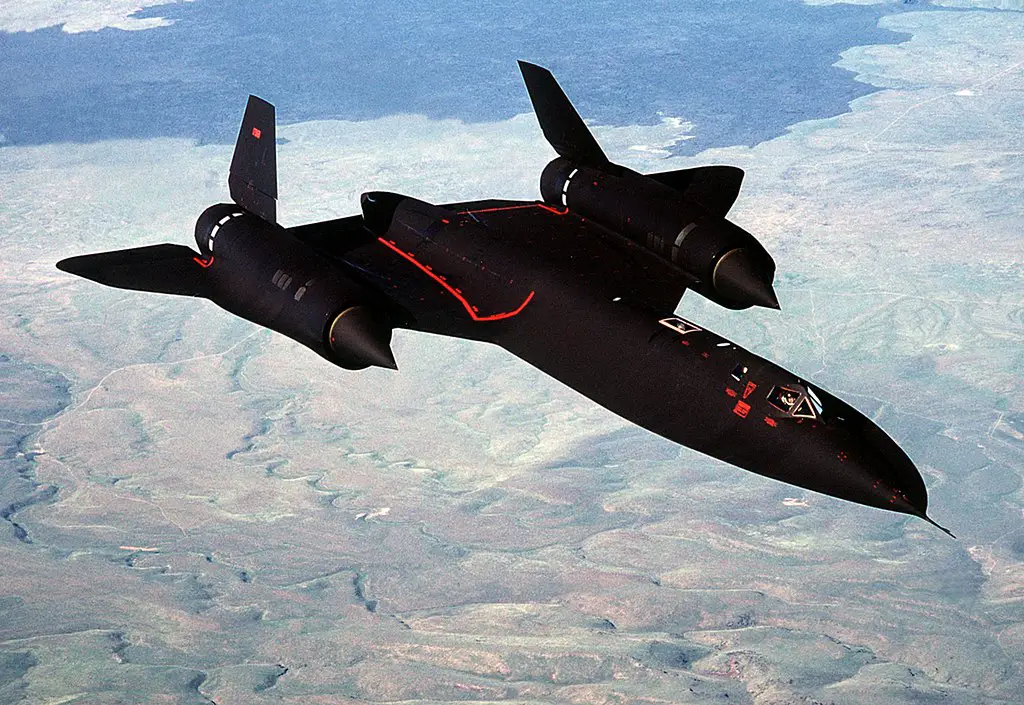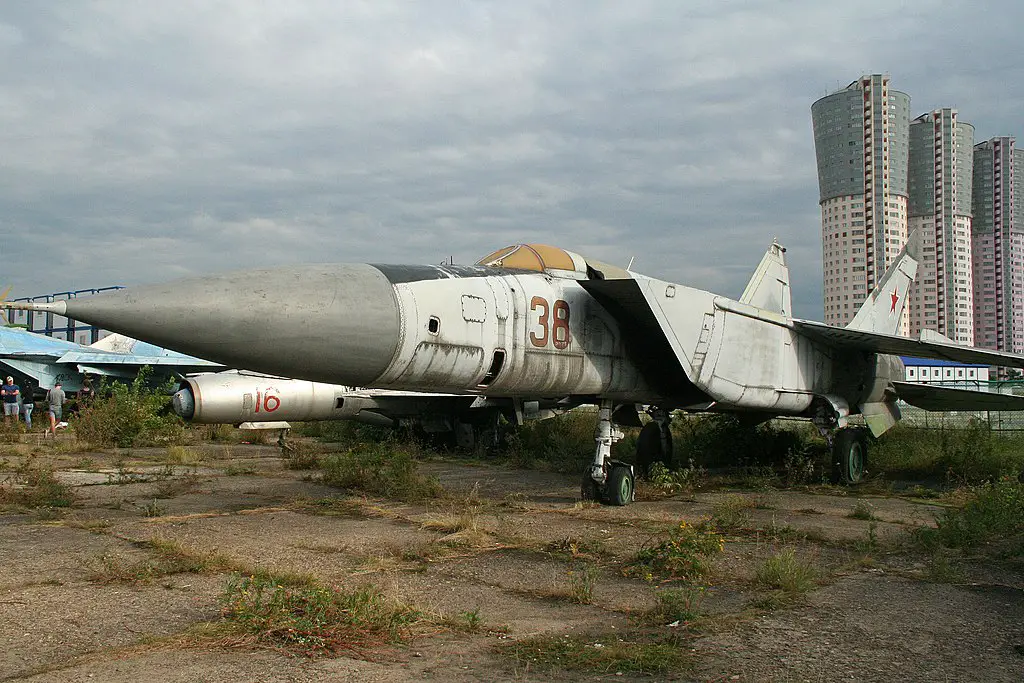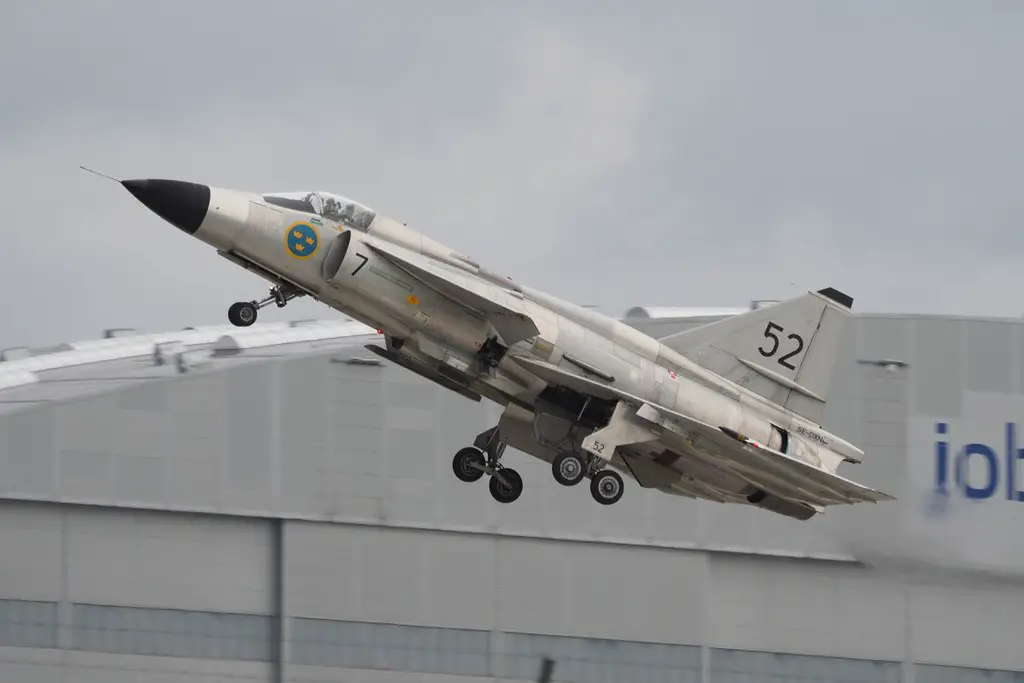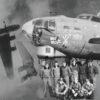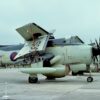Sleek, black, and incredibly fast
In the annals of aviation history, few aircraft command the respect and awe that the SR-71 Blackbird does. Sleek, black, and incredibly fast, the SR-71 was America’s eye in the sky during the Cold War, capable of outrunning virtually anything else in the skies. But, there was one remarkable occasion when this stealthy supersonic spy plane didn’t just outrun its pursuers – it had a bit of help from an unexpected quarter.
On June 29, 1987, an SR-71 took off from RAF Mildenhall in England. Its mission, codenamed “Operation Olga,” was to monitor the military activities of the Soviet Union in the Baltic Sea. Flying at altitudes above 80,000 feet and speeds over Mach 3, the SR-71 was virtually untouchable. Soviet MiG-25s and ground-based missile systems tried to intercept the Blackbird, but their efforts were futile.
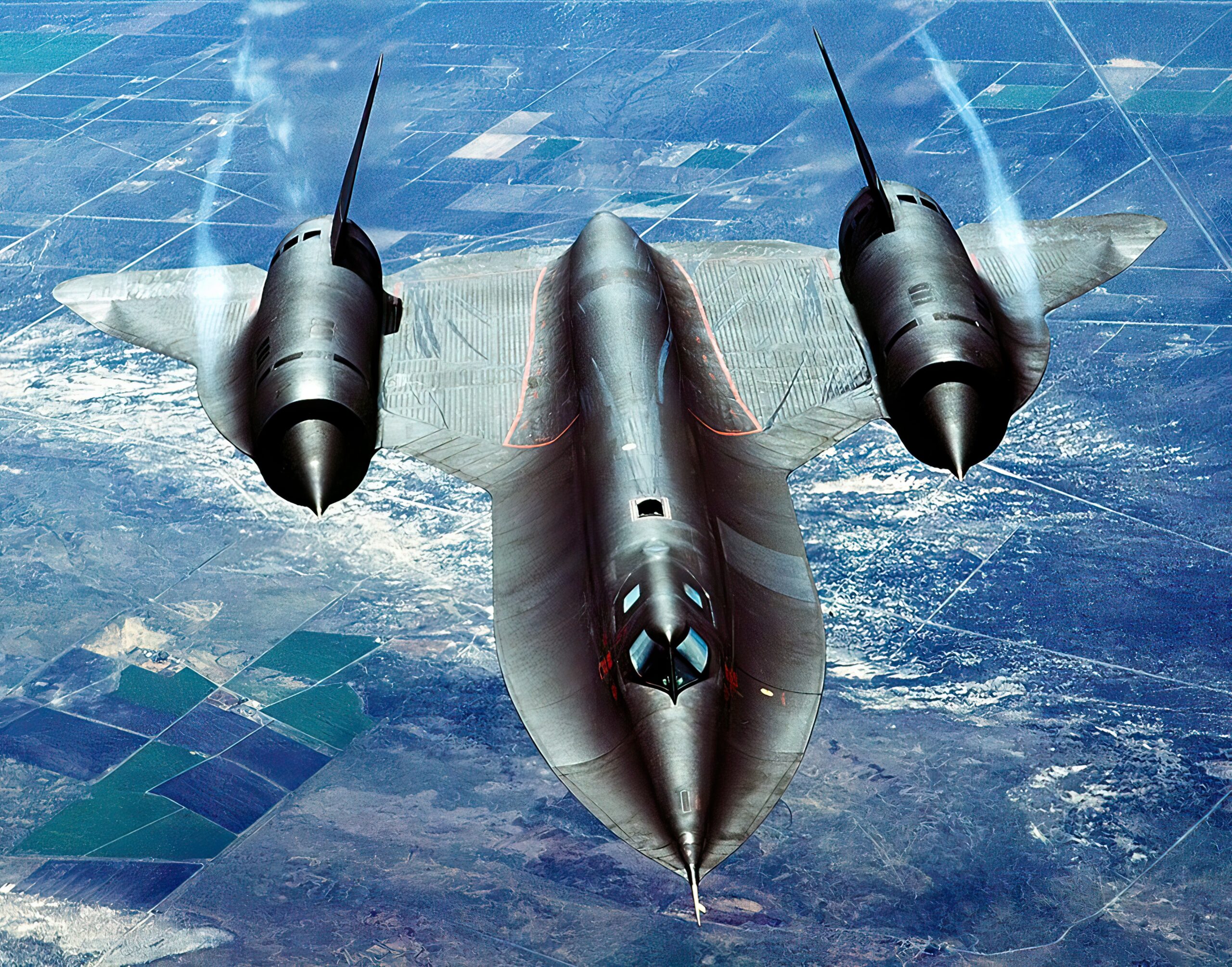
Trick up their sleeve
However, the Soviet Union, not one to be embarrassed easily, had a trick up their sleeve. They had discovered a pattern to the SR-71’s flight paths and decided to lay a trap. As the Blackbird approached the Baltic Sea, multiple ground-to-air missile systems were activated simultaneously, posing a serious threat to the aircraft. The Soviets were turning the heat up, and it was time for the SR-71 to beat a hasty retreat. But escape wasn’t going to be easy.
That’s where the Swedish Air Force entered the scene, in a flight of Viggen fighters. In a Cold War era defined by deep-seated suspicion and hostility, the Swedes and the Americans were not official allies. But, when the SR-71 pilots communicated their distress, the Swedish pilots didn’t hesitate.
Etched in military folklore
Quickly assessing the situation, the Swedish flight leader, Per-Olof Eldh, took a decision that would be etched in military folklore. He decided to form up with the SR-71, creating an unofficial escort and leading it out of the danger zone. As the Viggens and the Blackbird thundered through the sky, Soviet missiles fell harmlessly into the sea, their targets out of reach.
The Swedish pilots not only escorted the SR-71 to safety but also deployed chaff, a radar countermeasure, to further confuse the Soviet tracking systems. The Soviets, faced with the sudden appearance of the Swedish aircraft and the loss of their radar lock, were forced to stand down.
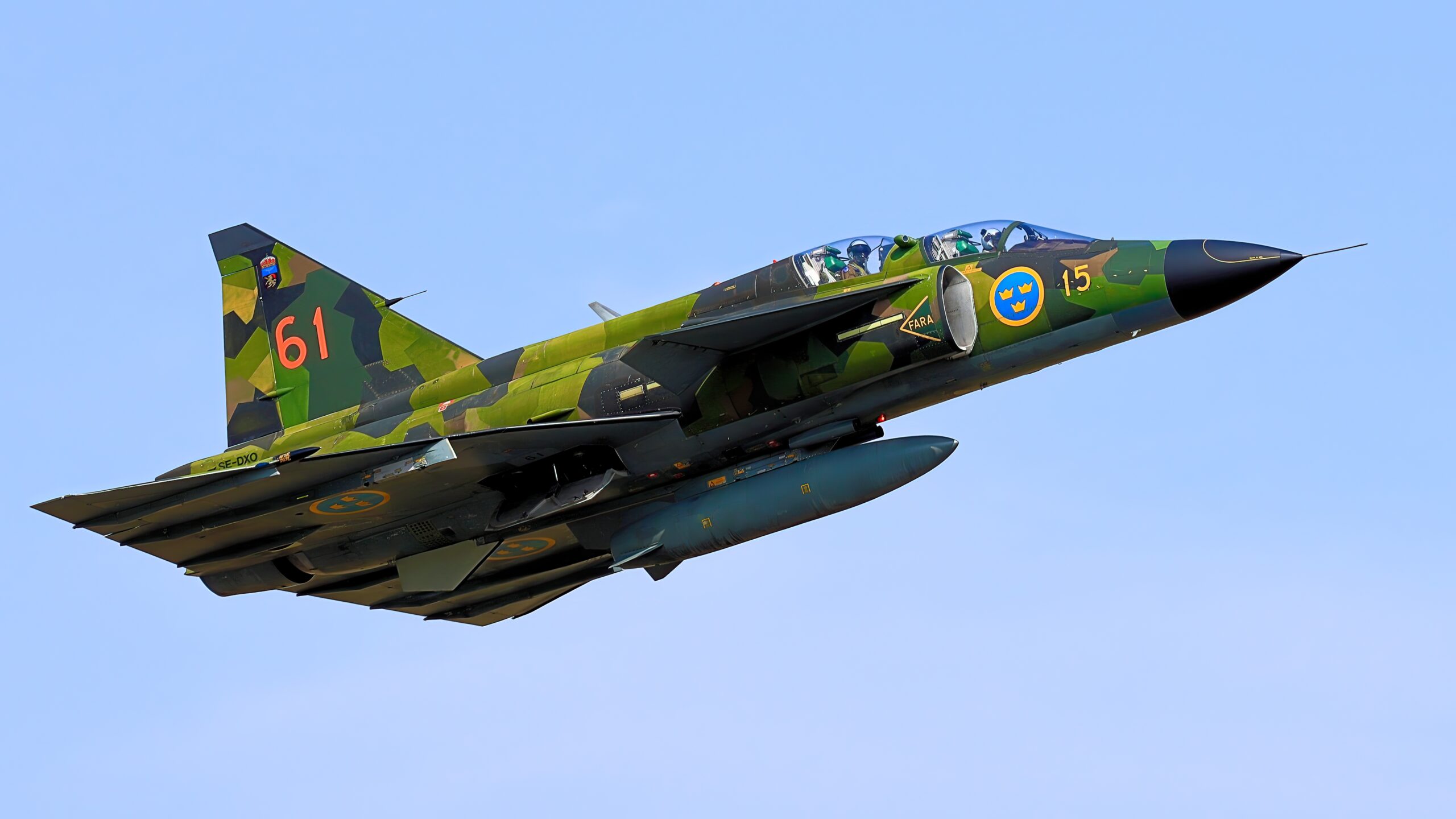
International tension
By the time the SR-71 was safely out of Soviet airspace, the news of the encounter had reached the highest echelons of the Swedish and American governments. The incident, although tense, ended without any loss of life or equipment. The Swedish pilots had risked international tension to save the crew of the SR-71 and, in doing so, had earned the respect of their American counterparts.
It was only years later that the full story of the Swedish intervention became public knowledge. The SR-71’s crew, Lt. Col. Duane Noll and Lt. Col. Tom Veltri, made sure to thank the Swedish pilots for their heroism, marking a unique moment of international cooperation during the frosty days of the Cold War.
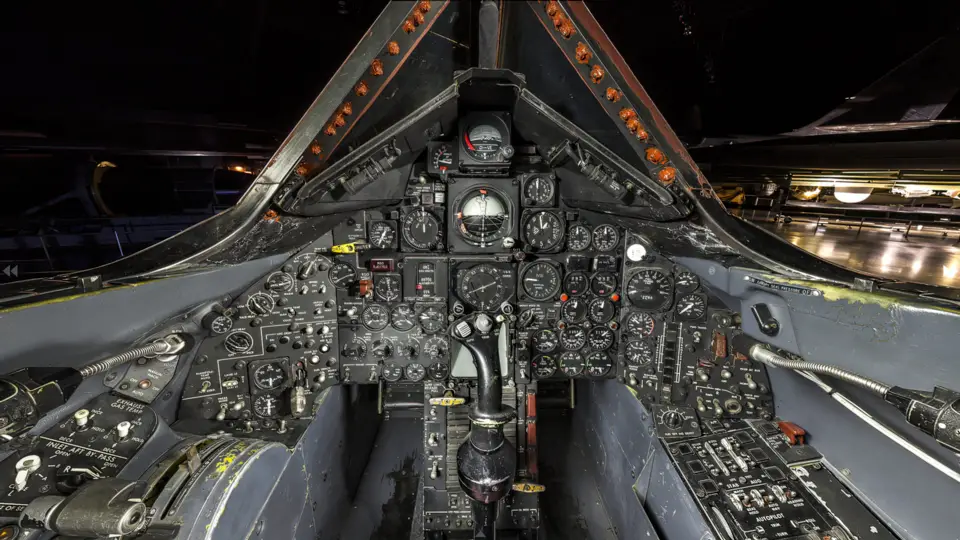
Camaraderie
Today, the episode is fondly remembered as a testament to the camaraderie that exists among pilots, regardless of nationality or political circumstances. It was a day when the SR-71 Blackbird, the epitome of American aeronautical prowess, found friends in the Swedish skies, a testament to the universal language of goodwill and mutual respect.
The encounter between the SR-71 and the Swedish Viggens, like the aircraft involved, flew high above political differences and diplomatic wrangles. It underscored the fundamental humanity that binds servicemen and women across borders, a shared commitment to preserving life even in the face of imminent danger.
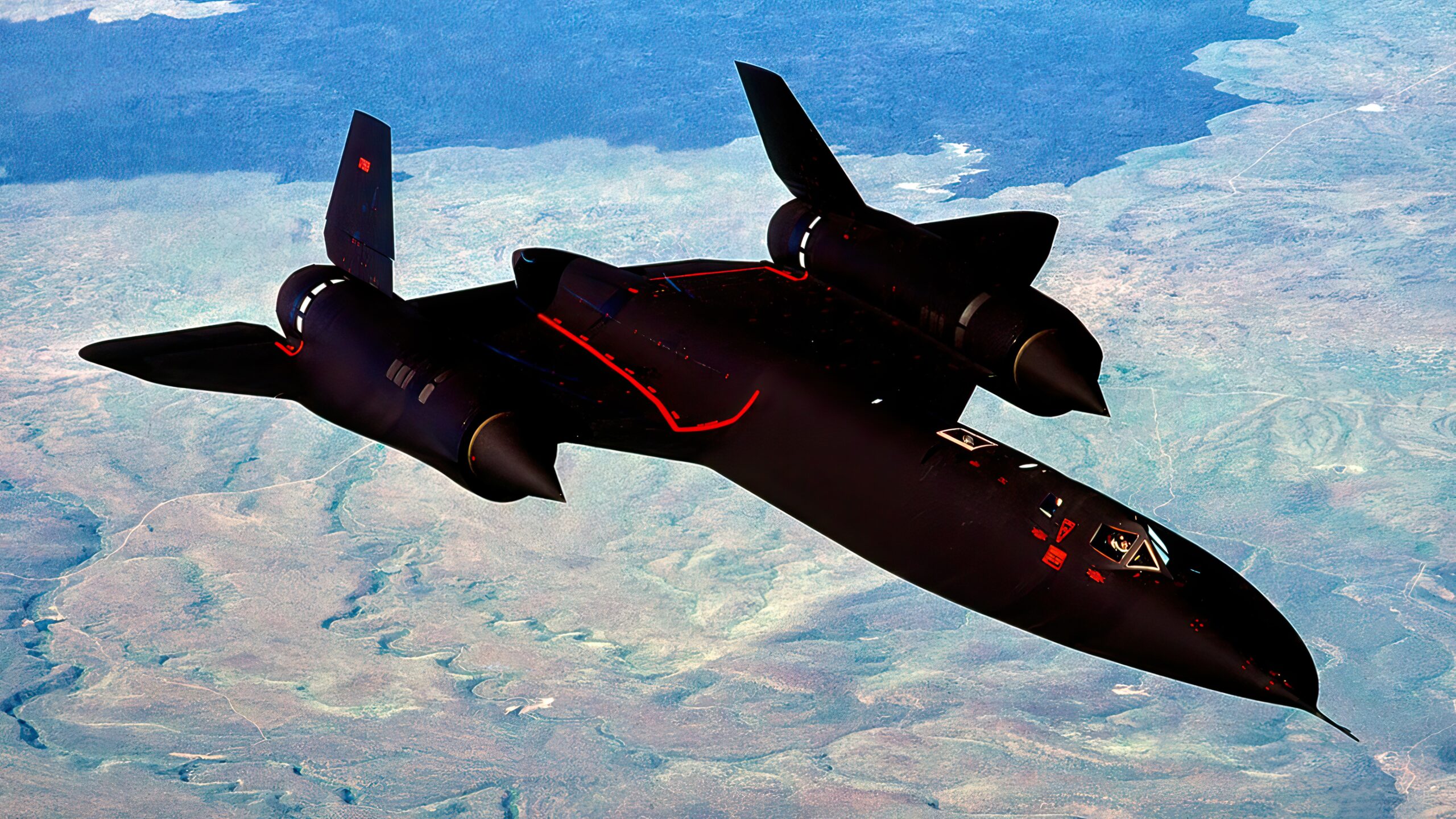
Mutual respect
In the aftermath of the encounter, the U.S. expressed gratitude for Sweden’s assistance, albeit unofficially due to the sensitive nature of the SR-71’s mission. Despite the geopolitical complexities, the incident highlighted the importance of mutual respect and understanding in global military relations.
The SR-71 Blackbird continues to be a symbol of American innovation and power. But this particular tale of its encounter with the Swedish Viggens adds another layer to its rich history. It is a story of international camaraderie, quick decision-making, and the kind of daring that forms the backbone of every remarkable aviation tale.
